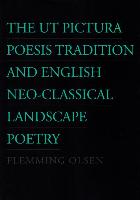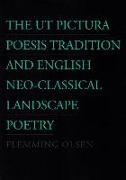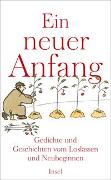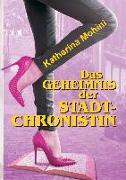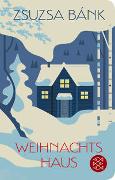Ut Pictura Poesis Tradition & English Neo-Classical Landscap
BücherAngebote / Angebote:
The parallel between poetry and painting harks back to Antiquity. It seemed obvious because both arts appeal to the intellect as well as the eye. In his Ars poetica (approx. 20 b.C.), Horace gave a terse formulation to the parallel: ut pictura poesis. Later critics dislodged what was in Horace just an obiter dictum, from its context, which in Horace referred to the appropriate distance of a beholder/reader from a picture/text. In English literature, the Neo-Classical cult of the Ancients straddling the year 1700 produced a spate of translations of Horace's Ars poetica, and the translators' accompanying comments suggest a wide range of idiosyncratic applications of the Latin poet's maxim. One form of poetical expression of the parallel particularly favoured by English Neo-Classical poets was landscape description. However, landscapes' had to fight opposition on two fronts, viz. the rigid Neo-Classical canon, and the prevalent mould of the description of outdoor scenery as seen in eg pastorals. This book traces the development of the maxim ut pictura poesis from a topos to a genre, viz. the Neo-Classical landscape poem. The typical poem belonging to that genre, which is given a detailed analysis in the pages of this book, contains a number of stock ingredients that meet the eyes of a beholder, who is also the narrator. Underneath the scene is a low-key social analogy, an intimation of a virtually unspoilt utopian society. At the same time, an undertone of anxiety for the preservation of this summum bonum is perceptible, and in James Thomson's landscapes, dating from the 1720s, the reader feels the approach of the attitude to the items of natura naturata that we find in Wordsworth and Keats.
Folgt in ca. 15 Arbeitstagen
